Truth be told, all materials can absorb sound energy to an extent. However, materials that are specifically noted as sound-absorbing will absorb most of the sound energy that collides with them. These specialized materials are usually referred to as "acoustical materials" and they are designed to have high absorption qualities.
The major use of these materials is to reduce reverberant sound pressure levels. This leads to a reduction of overall reverberation in a space.
A number of sound absorbing materials exist. However, before we discuss them, we should first understand the difference between sound absorbing and soundproofing.
When it comes to acoustics, there are two different options:
The former is referred to as sound-absorbing and the latter is known as soundproofing. Both forms of sound manipulation use specific materials and products to combat sound waves.
Sound-absorbing materials will absorb most of the sound energy that collides with them and will reflect very little. These qualities make them useful in the control of noise within a space or enclosure. They are used in a variety of locations: close to the source of the noise, paths , or close to receivers.
Soundproofing a space involves four concepts: adding mass, damping, decoupling, and absorbing. In practice, sound absorption is a form of soundproofing. The materials used to soundproof are usually dense and heavy, which allows them to decouple structures. Thanks to their density, instead of sound waves penetrating through the structure, they are reflected back into the space.
Acoustic absorption is the process by which sound energy is dissipated and transformed into another form of energy: heat, mechanical, or deformation.
From a scientific standpoint, there are three primary types of sound absorbers: porous, membrane, and resonance.
A number of sound-absorbing materials exist. Their ability to absorb sound waves is highly dependent on frequency, composition, thickness, and method of mounting.
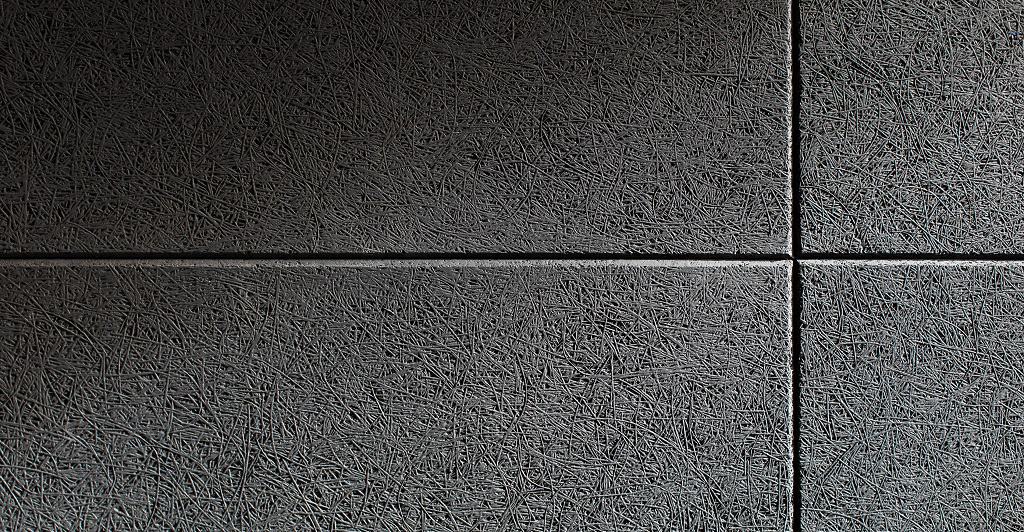
Materials with a high sound absorption coefficient are usually porous.
Unlike soundproofing materials, sound absorbent materials aren't dense, they're permeable. Soundwaves penetrate the surface of these materials, and flow into the fibrous or cellular structure that it's comprised of.
It's important to remember that energy can never be created or destroyed, it can only be transformed. Porous absorbers will convert incident sound energy into heat energy through frictional and viscous resistance in the fribrous or cellular structure of the material.
The amount of heat that soundwaves generate is minimal; less than 1/1,000,000 of a watt. When porous sound absorbers are used, only a small portion of the sound energy is reflected back into the space.
Porous sound absorbers are most effective for mid-range frequencies or treble tones. They tend to have less effect towards lower frequencies and have minimal effect with bass.
Common examples of porous sound absorbers include mineral wool, carpets, fibreboards, insulation blankets, and certain forms of foam plastic.
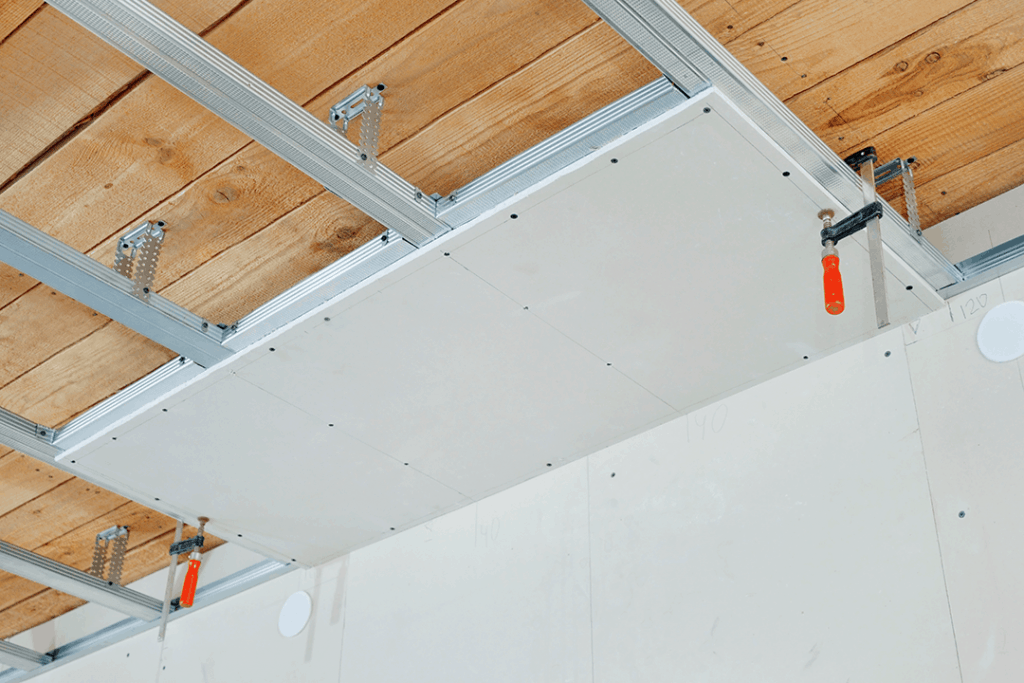
A membrane or plate absorber is an air impervious, non-rigid, non-porous material that's placed over an airspace. When sound energy is applied to the absorber it causes the oscillating system (mass of the front panel and the spring formed by trapped air) to transform into mechanical energy.
These materials are typically solid in appearance, and as such, they are commonly overlooked as sound absorbing materials. With that said, they are particularly effective against low-range frequencies, such as bass.
They also will reflect higher frequency sounds. Other forms of soundproofing and absorbing will need to be applied to counter-act this added effect.
Common examples of membrane absorbers are wood or hardboard paneling, suspended plaster ceilings, windows, wood doors, gypsum boards, and wood floors.
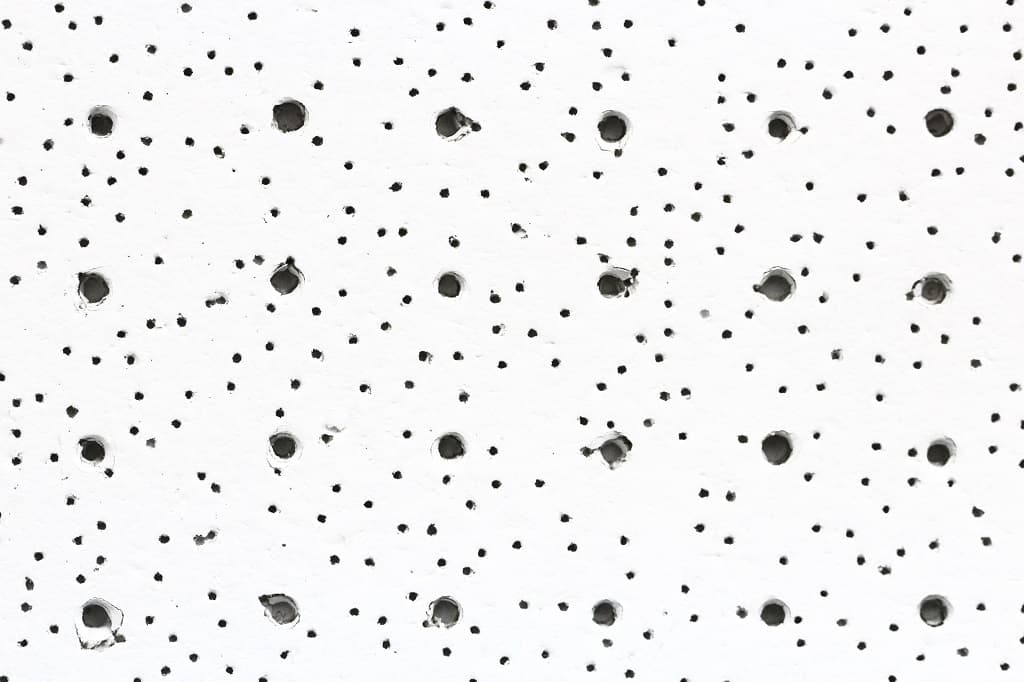
These types of sound absorbers are typically only used when you need to combat sound in a narrow, yet defined frequency range. They're used to focus on issues related to bass frequencies.
These types of absorbers work based on sound pressure. It's essentially a mass (front wall or diaphragm) vibrating against a spring (the air inside the resonant absorber). By changing either the mass or the spring's stiffness, you can adjust for resonant frequency.
They work in a similar manner to that of a membrane absorber. Meaning they consist of a mechanical oscillation system with a solid plate and tight air space.
An example of a resonance absorber would be a bottle of Coca-cola. However, a more practical example would be layers of perforated plasterboard or perforated metal corrugated sheets. Where the perforations are the bottle's neck and the space behind the sheets are the bottle's container.
The following are practical applications of the aforementioned concepts. Remember, just because you're trying to absorb sound doesn't mean you have to live in a space that's devoid of aesthetic.
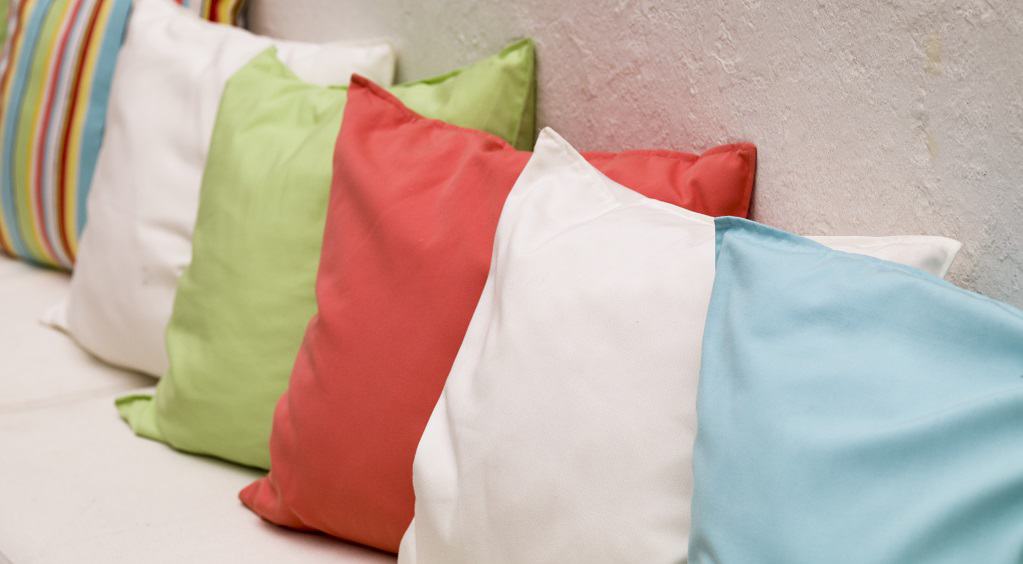
Cushions and pillows are considered porous sound absorbers. Their soft surfaces, and porous material can absorb soundwaves and turn them into heat energy. Generally speaking, the thicker they are the more sound you can absorb.
Arrange over-sized pillows and cushions on chairs, sofas, and beds. You can even arrange them on the floor to create a casual yet welcoming seating area that can absorb sound.

You can also use wall hangings to absorb soundwaves. Paintings, tapestries, and large pictures can reduce reverberations that pass through walls. If you have bare walls in your home or workplace, arrange wall hangings to cover the void space.
Of all of these options, cloth/linen tapestries are best for absorption, as they’re highly porous, thick materials.
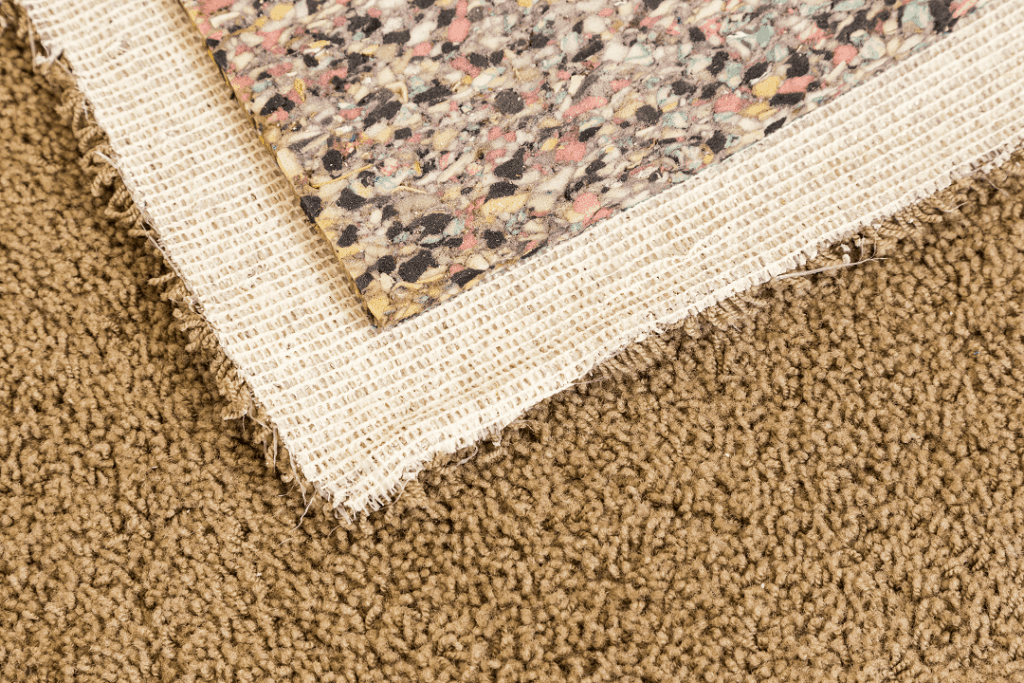
Carpets and area rugs can help to absorb impact noise and prevent the transmission of sound through structures. For instance footfalls through shared floors/ceilings.
If you have the budget, installing wall to wall carpet with a sound deadening underlayment is your best option.
However, wall-to-wall carpet is expensive. A good substitute are thick area rugs with a layer of mass loaded vinyl (MLV) affixed to the bottom. They add mass to the floor and prevent structure-borne noise.
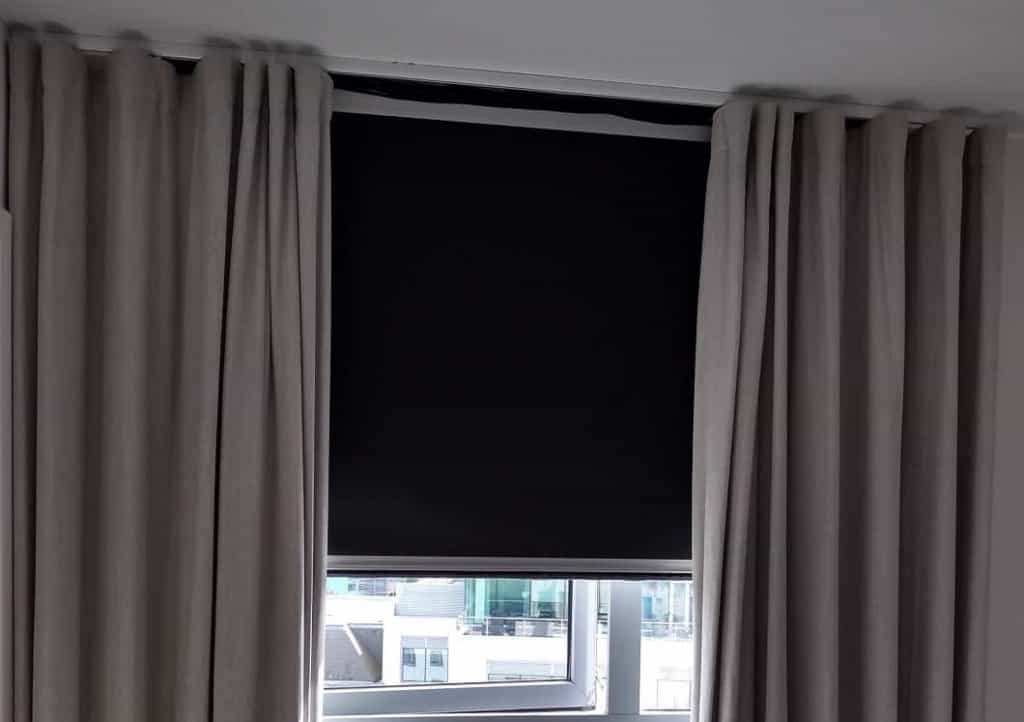
The best way to soundproof windows is by replacing them with double/triple pane windows or laminated glass.
However, replacing windows is rather expensive. As an alternative you can use soundproof curtains and blankets to help absorb and slow the passage of soundwaves.
These mediums can also be hung above doors, on walls, etc.
Glass is thin, highly conductive, and very reflective, which makes them very poor sound barriers. Acoustic window film will beef up the density of the window and absorb the transmission of soundwaves, thereby minimizing unwanted sounds.
Another product that you can use to absorb sound is an acoustic partition. While they don’t do a lot to block out sound, they do offer great sound absorption capabilities.
These partitions are made of sturdy structural materials that are covered with porous fabrics that act as sound absorbers. Essentially, they act as a large piece of soft furniture in the middle of an open room.
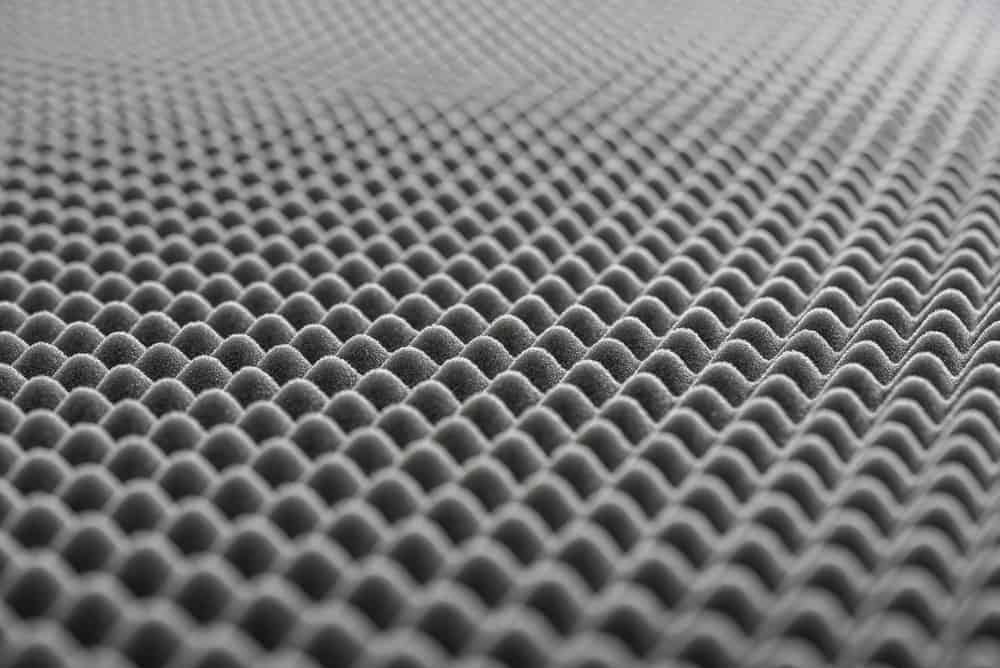
Acoustic foam panels are made of soft, porous material that feature notches or cups. Hang them on walls, doors, or ceilings so that instead of soundwaves reflecting off these surfaces, they'll be absorbed within the porous material.
Acoustic foam panels come in a variety of sizes and colors. For improved visual appeal, choose a few different colors and hang them in a pattern on the surface you are applying them to.
Sound absorbing is a form of soundproofing. As we've learned above, there are three main types of sound absorbers: porous, membrane, and resonance.
These materials work by absorbing soundwaves of varying frequencies. The result is very little reflected sound.
Through the above materials, you can effectively absorb sound in a space.

Snoringsource.com is a participant in the Amazon Services LLC Associates Program, an affiliate advertising program designed to provide a means for website owners to earn advertising fees by advertising and linking to amazon(.com, .co.uk, .ca etc) and any other website that may be affiliated with Amazon Service LLC Associates Program.